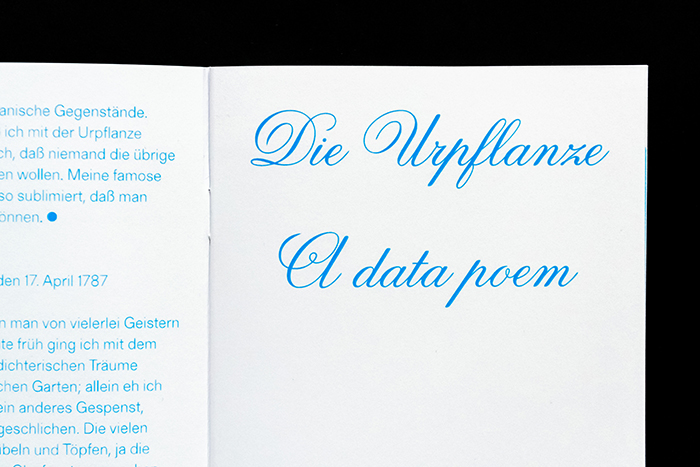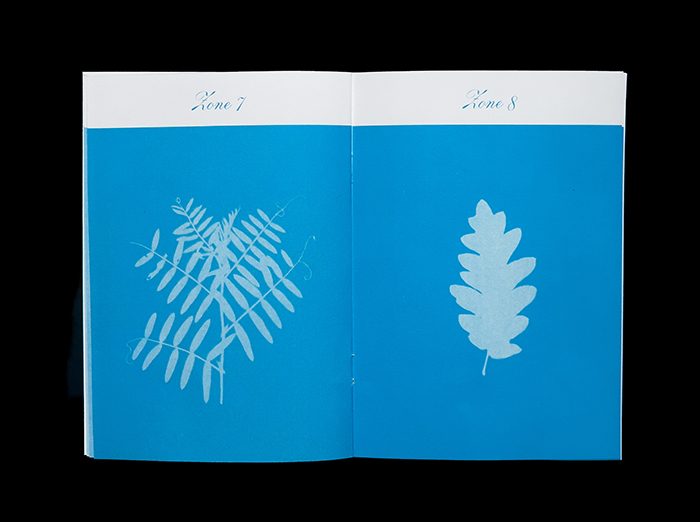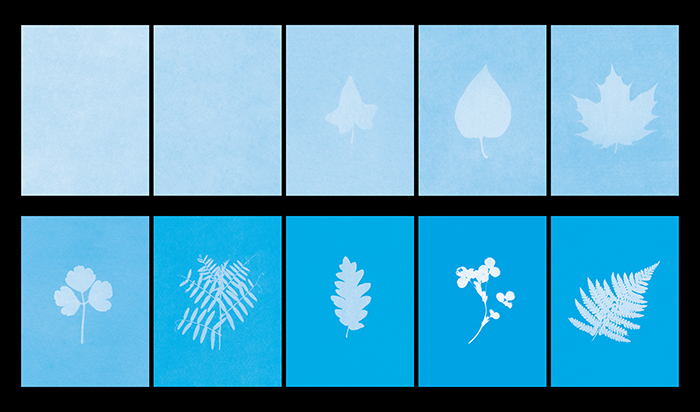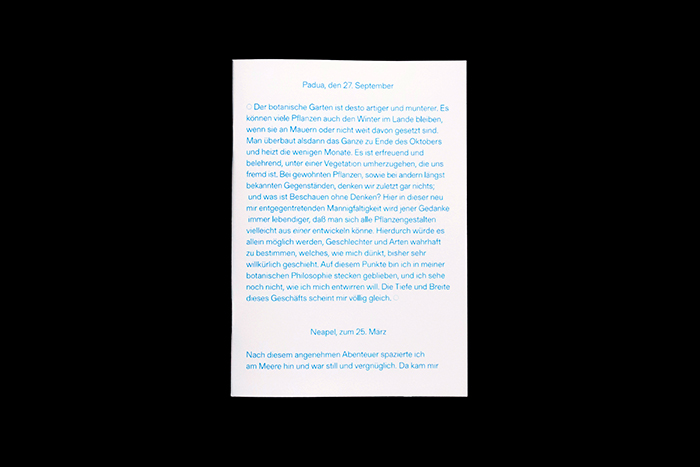Die Urpflanze
By Irene Casano
Intriguingly, patterns of language diversification resemble biodiversity’s ones, suggesting that similar mechanisms may underlie both. Die Urpflanze is a series of sunprints collected in a booklet providing a visualisation of how the so-called biocultural diversity is distributed globally.









